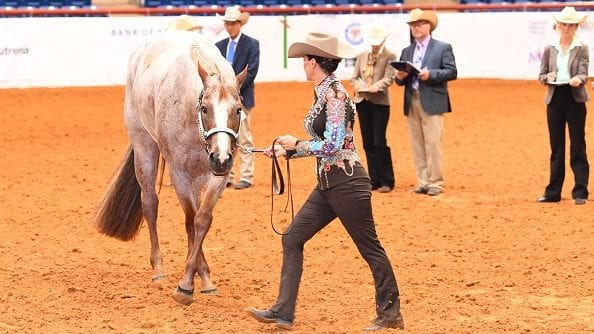How to Evaluate Performance: Horse & Rider Success Indicators
- Taylor Brinton

- Feb 10
- 3 min read
Evaluating performance—both for your horse and yourself—is crucial for tracking progress, identifying areas for improvement, and ensuring a strong, successful partnership. Whether you’re a competitive rider or simply striving for better horsemanship, understanding key indicators of success can help you set realistic goals and make informed training decisions.
Evaluating Your Horse’s Performance
1. Physical Condition & Stamina
A well-conditioned horse will display:
Strong, well-developed muscles
A healthy weight suited to their breed and workload
A shiny coat, indicating proper nutrition and care
Sound hooves free from cracks or signs of lameness

2. Attitude, Willingness & Responsiveness
A horse’s mental and emotional state is just as important as its physical fitness. Look for:
Eagerness to work and try new exercises
Relaxed, attentive ears and a soft eye
Prompt and correct responses to rider cues
Consistency in behavior, even in new settings

3. Progress & Recovery
Measuring success involves tracking:
Steady improvement in exercises and maneuvers
Strength, endurance, and flexibility gains
Recovery time after work—quick return to normal breathing and heart rate
Lack of stiffness, soreness, or lameness after training

Evaluating Rider Performance
1. Physical Fitness & Posture
Riding is a physically demanding sport. Evaluate:
Core strength, balance, and flexibility
Ability to maintain proper posture and position in the saddle
Endurance and stamina for longer rides

2. Mental Focus & Confidence
A confident, mentally engaged rider positively influences their horse. Consider:
Staying calm under pressure and handling setbacks with patience
Focusing on communication rather than just control
Adaptability in different riding environments or situations

3. Skill Progression & Training Consistency
Just as you track your horse’s progress, assess your own:
Are you refining your aids for clear, effective communication?
Are you consistently improving your timing, cues, and riding technique?
Are you open to learning and adjusting based on feedback?

4. Learning from Mistakes & Staying Grounded
Success in the saddle is built on continuous learning. When faced with setbacks:
Identify the Cause: Was it a miscommunication, a physical limitation, or something external?
Make Adjustments: Don’t dwell on failures—find ways to improve.
Celebrate Progress: Even small steps forward count.
Stay Humble: Success should drive continued growth, not complacency.

Conclusion
Evaluating performance means looking at both your horse and yourself. By focusing on physical condition, mental engagement, progress, and resilience, you can build a strong partnership and continually improve as an equestrian. Growth is a journey—stay dedicated, keep learning, and enjoy the ride!




Comments